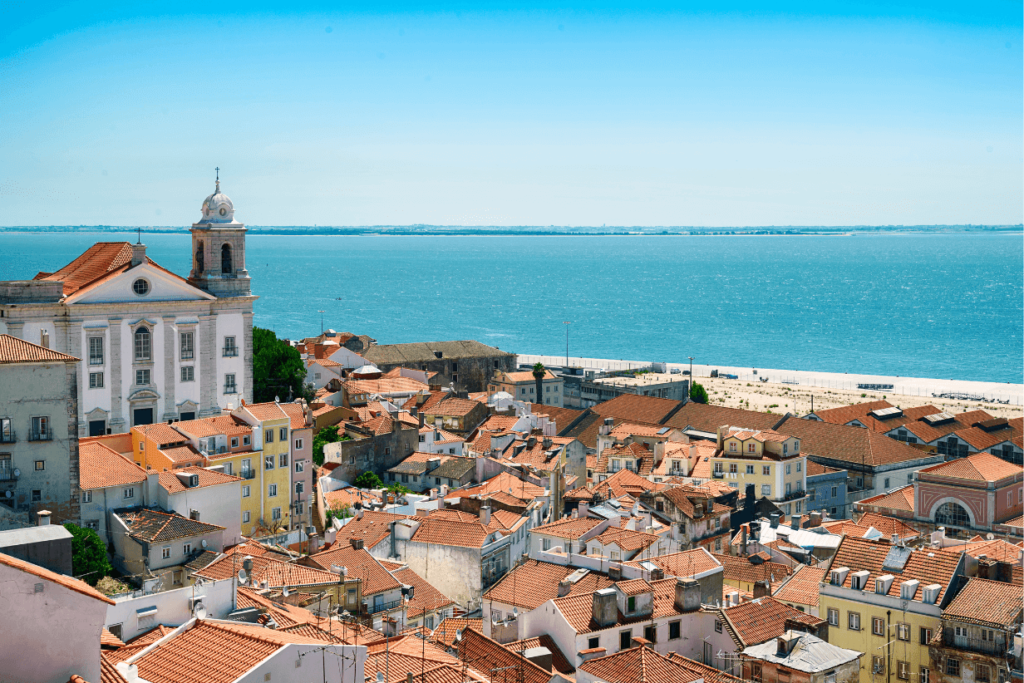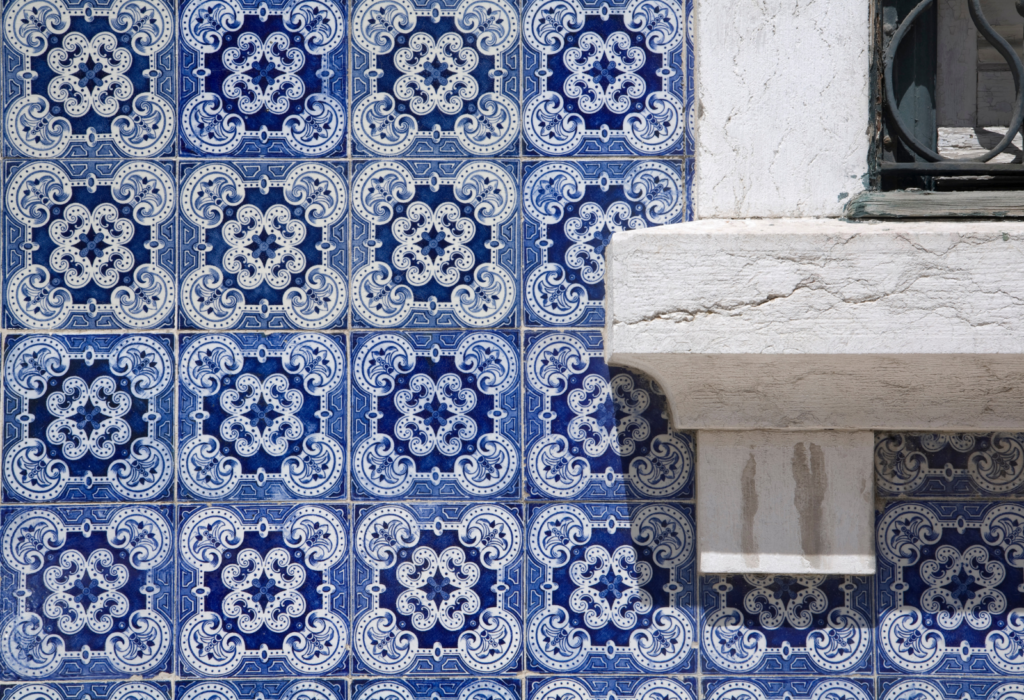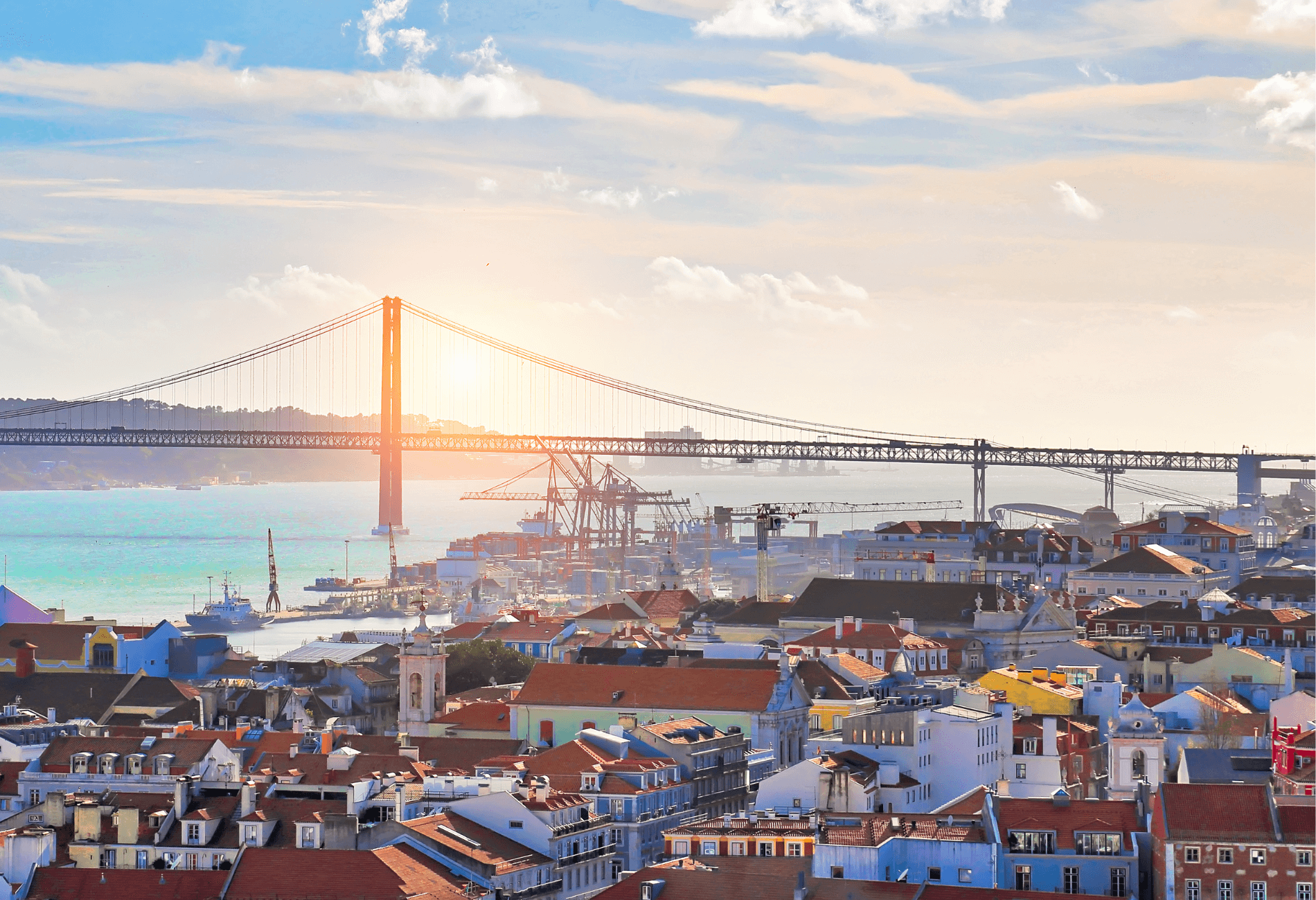Lisbon is built on rejuvenation.
Molded, destroyed, and reborn over thousands of years by countless conquerors, natural disasters, and political clashes, it entered the 21st century as the capital of one of the poorest countries in Western Europe.
But finally, the City of Seven Hills is standing on its own two feet and drawing quite the crowd. From its era-spanning panoramic views to the eclectic nightlife and food scene, Lisbon is truly a city transformed. Its aesthetic splendor is only matched by the refreshingly affordable cost of a visit, making it a practical no-brainer.
Bem-vindo a Lisboa.
5 things you can’t miss in Lisbon
Explore the historic district of Belem

Belem is the heart of historic Lisbon, harking back to Portugal’s days as a global colonial power. It’s a must-see region of the city, and you’ll almost certainly end up there whether you’re trying to or not.
At the top of the historic to-do list is the Mosteiro dos Jerónimos, a stunning UNESCO-protected site built at the turn of the 16th century. Originally constructed to flout Portugal’s new wealth from overseas, monks made it their home until the 1800s. Since then, it’s been used as a school and an orphanage before being opened to the public and used as a museum and art space. It even survived the Great Earthquake relatively unscathed.
Once you’re finished at the monastery, head to Belem Tower, the castle-like structure sitting on the banks of the River Tagus. This was the point where Portugal’s greatest explorers left and returned during the Renaissance, functioning as a gateway to the city itself. You can explore inside and head up its tiny spiral staircase to enjoy wonderful views of the city.
On top of the two heavyweight attractions, Belem is home to several outstanding museums, including the Coach Museum — a tourist favorite — and the Contemporary Art Museum.
Get familiar with Fado

Visiting Lisbon without experiencing fado is borderline criminal. The city’s traditional music is an experience in itself, worth doing early in your trip in case you want to go back.
The melancholy genre is characterized by the mournful but soul-filled sound of the Portuguese guitar, accompanied by a typically sad love song, although some older songs were about lonely life at sea.
There are a ton of excellent bars, restaurants, and venues to listen to fado, but know that it’s likely to be an endearing part of your time in the city. At some places, you can enjoy performances as long as three or four hours while you enjoy dinner. Other smaller establishments are intimate drinking holes, where music takes center stage.
Whatever you do, seek it out. Few types of music are so engrained in a city.
Get lost in Alfama

Alfama is one of the city’s oldest districts, one of the few to make it through the Great Quake, and its narrow cobbled streets are more than worth a day’s exploration.
Once an upper-class Moorish area, it fell into disrepair and became home to the downtrodden and poor, fishermen and laborers with little to their name. Nowadays, as with many regions with similar backstories, it’s experienced a resurgence and become a trendy hub for artsy types.
But its charm remains in the winding labyrinth of streets and brightly coloured homes that are said to be the home of the fado music genre.
Its packed with independent shops, restaurants, and galleries, perfect for an unplanned walkabout. It is very hilly though, so prepare yourself for some serious urban-hiking. Those who do will be rewarded by some of the best views in the city, wonderful street art, and an array of picturesque churches and centuries old ruins. Just don’t forget your camera.
Take in the street art and traditional azulejos

Lisbon has long been a haven for street artists from all around the world. People flock to the city’s dedicated arts districts and blank walls to leave their mark. You’re sure to see art on every corner of Lisbon, but consider taking a graffiti tour to get insight into what certain symbols mean or who they were painted by. Some tours will even let you add your own paint to the wall.
The main streets of Lisbon are covered in graffiti but the LX Factory is worth a visit if you want to take in more street art while shopping from local vendors or enjoying the fun bars and delicious restaurants.
Wherever you don’t graffiti, you’re likely to see the traditional azulejos, or tiles, that Lisbon is known for. Brought to the city back in the 13th century by the Moors, the tiles remain a key characteristic of the city to this day. The National Tile Museum has the most impressive collection of tiles and leads you through the history of the azulejos. If you prefer to explore the tiles on the outside of the buildings, you can sign up for a private tour that will lead you through all the most marvelously tiled alleyways.
If you’re hoping to buy an azulejo as a souvenir, make sure you’re getting them from a reliable place. In Lisbon, you’ll see a lot of buildings missing tiles and even look a little roughed up. Sometimes, vendors will steal tiles off of buildings and sell them in the streets, so make sure you know where you’re getting your tiles from and buying them from places like those suggested in this TikTok.
Ride the historic tram 28

Of course, no trip to Lisbon is complete without a ride on the iconic yellow tram 28. The tram is used for regular public transportation but it just happens to stop at some iconic places in the city. Taking the tram is a great way to explore Lisbon’s most popular sights.
It’s best to wake up earlier and get a head start to your day before the tram gets packed. You can enter the tram from anywhere, but a lot of people like to start at the Martim Moniz stop and moving towards the Alfama area we described above. It does get quite crowded at Martim Moniz, so just plan ahead or catch the tram from another spot.
If you wanna hop on an off the tram, be sure to spring for the pass that lets you get unlimited rides and also give you access to the Elevador de Santa Justa and the Eleveador da Glória. otherwise, you’ll be paying for a single trip, which costs three Euros.
Want to uncover the best of Lisbon?
Check out Next Stop: Lisbon for the best places to stay, eat, and explore in Lisbon!









 by your friends at The Daily Navigator
by your friends at The Daily Navigator



